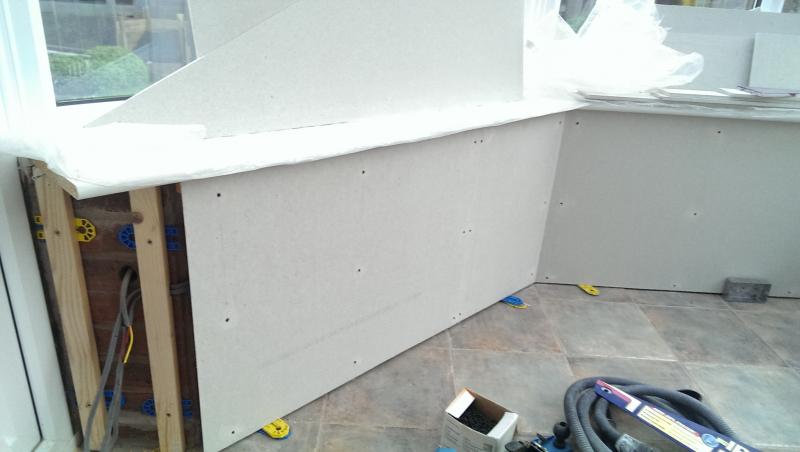I think this is going to come down to a decision/judgement by yourself, so really a question of what you are comfortable with. You may wish to rely on the literal interpretation of the regs ("within 150mm of top of wall") that you initially made, despite the (extremely small) risk that this could result in someone in the future 'thinking' that it was a safe place to start drilling! One can certainly argue that this is what the regs actually say!The timber batons are 30mm thick (although at spaced off the wall in places as it is not straight) with 10mm board. I could drop the cable behind the rails so will have a little more protection but still within 50mm of the front of the board and under the windowboard.
Kind Regards, John


